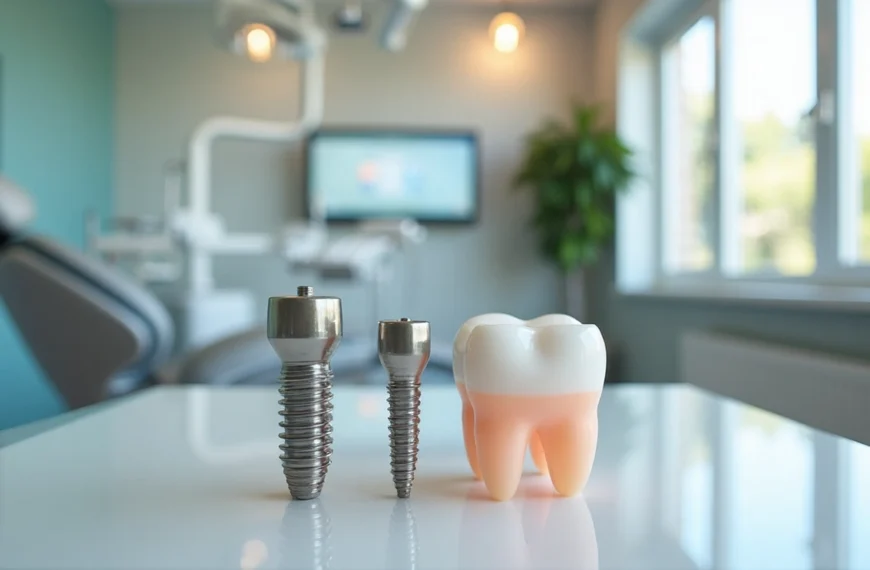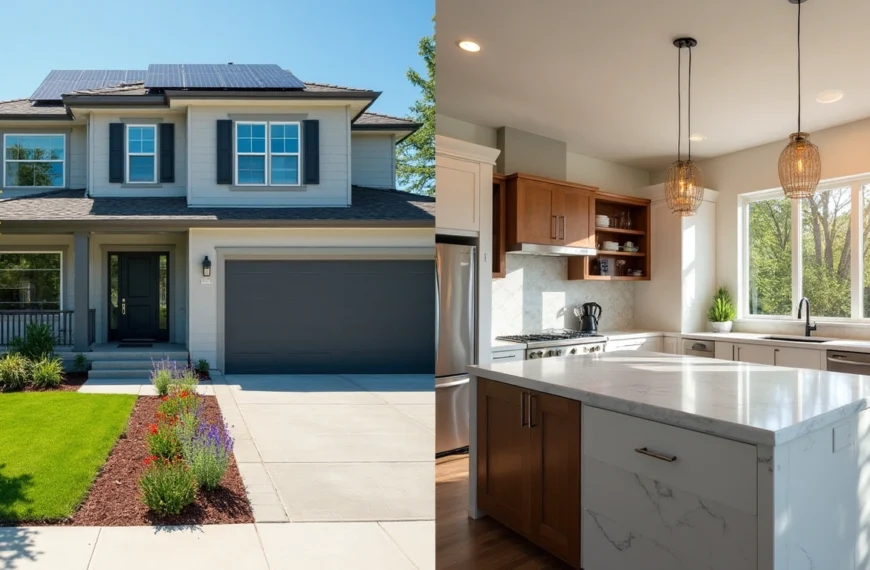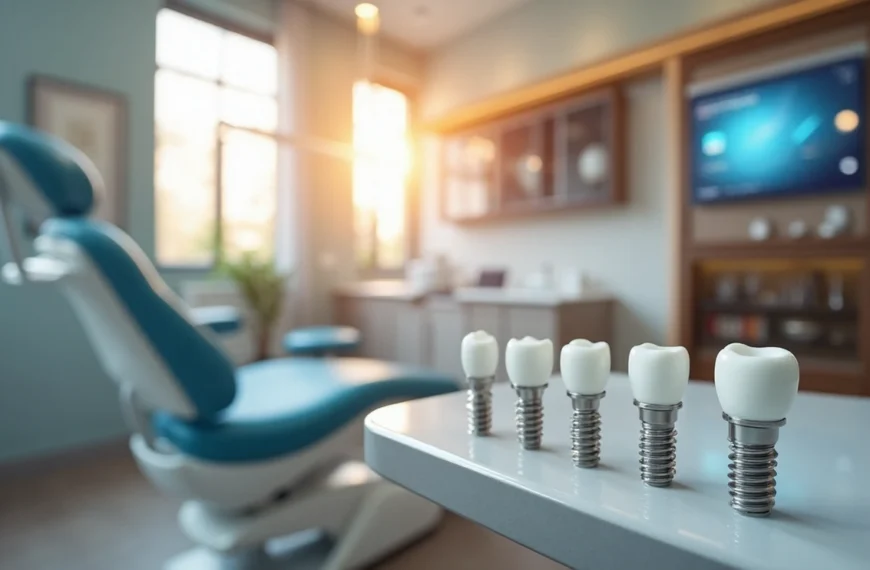Parents need to think carefully about the best flooring for kids and dogs. The National Safety Council reports that homes see over 8 million fall-related injuries each year, many with children. The right flooring choice needs to balance safety, durability, style, and practical use.
Many homeowners struggle to find kid-friendly flooring that can handle both children and pets. Luxury vinyl stands out as one of the top choices because it resists scratches and cleans up easily. The market offers several other pet-proof options that look great and work well. Your family’s specific needs might lead you to cork flooring with its natural cushioning – perfect for babies taking their first steps. Another option is rubber flooring that absorbs shock well in play areas. This piece walks you through the best flooring choices for your home’s two-legged and four-legged family members.
The guide gets into different materials and shows you their strong points, upkeep needs, and which rooms they work best in. You’ll find worry-free options that work for everyone in your family, whether you plan to redo your whole house or just update one room.
Key Features to Look for in Kid and Pet-Friendly Flooring

The best flooring for kids and dogs needs specific features that make a real difference in how long it lasts, how easy it is to maintain, and how happy your family will be. These key features are the foundations of making the right choice for both your human and furry family members.
Water and scratch resistance
Families with pets and children need waterproof or water-resistant flooring. Luxury vinyl plank (LVP) and tile give you great protection against spills, accidents, and water bowl mishaps. Your floors should also stand up to pet claws and toy wheels. Laminate flooring rated AC4 or AC5 resists scratches better. Porcelain tile holds up better than ceramic and won’t scratch as easily.
Comfort and insulation
Your floors should be durable but comfortable too. Hard flooring like tile can be tough on feet, especially when toddlers learn to walk or older pets have achy joints. Cork floors naturally cushion steps and reduce joint strain. They also have antimicrobial properties that help allergy sufferers. LVP feels softer than traditional hard surfaces, which makes it better for playing and relaxing.
Ease of cleaning
Kids and pets will make messes – that’s just a fact of life. You need floors you can clean quickly without special cleaners or complicated methods. Waterproof vinyl makes spills and accidents easy to wipe up. Hard surfaces like luxury vinyl, laminate, and tile let you sweep and hoover up pet hair and allergens easily. This creates a healthier home environment, unlike carpet that traps these irritants.
Safety and slip prevention
Your family’s safety comes first. Slippery floors can be dangerous, especially for dog breeds with hip problems and toddlers who are still wobbly. Textured laminate gives better grip than smooth surfaces and helps prevent falls. Cork and rubber floors are great at preventing slips and cushion falls better. Many luxury vinyl products stay safe even when wet, which isn’t true for polished tile.
Best Flooring Types for Homes with Kids and Dogs
Your choice of flooring needs careful thought when you have an active household. The right decision will make a big difference in comfort and upkeep over the next several years. Here’s how different flooring options work well with kids and pets.
Luxury Vinyl Plank: Durable and waterproof
LVP is a top pick for families with pets and children. Multiple layers create a surface that won’t let spills and pet accidents seep through. The wear layer protects against scratches from pet claws, furniture legs, and children’s toys. On top of that, it handles standing water without damage, which makes it perfect for kitchens, bathrooms, and other wet areas. Most types come with click-lock systems that create tight seams and stop liquids from reaching the subfloor.
Cork: Soft and hypoallergenic
Cork floors are surprisingly tough yet feel gentle under your feet. They bounce back naturally and absorb impact, which is easier on everyone’s joints – pets included. Cork is naturally antimicrobial, so it keeps mold and allergens away – great news for families with allergy concerns. Your pet’s claws won’t damage cork as much as other wood floors because it bounces back so well. Look for cork products rated at robustness class 33 that indicates they can handle heavy use.
Laminate: Budget-friendly and tough
Laminate gives you the look of wood or stone at a much lower price, usually between $0.59-$2.50 per square foot. Homes with pets need laminate with an abrasion class (AC) rating of 4 or 5 to resist scratches better. New laminate uses high-definition printing and special textures that look just like real wood. Many newer options resist water too, but you should still clean spills quickly.
Engineered Hardwood: Stylish and stable
Engineered hardwood looks beautiful and stays stable. Real wood on top of plywood or composite layers handles moisture and temperature changes better than solid hardwood. This floor type stands up to busy households while keeping its good looks in high-traffic spots. Pre-finished surfaces often have protective coatings that fight off scratches and stains.
Rubber: Great for playrooms and basements
Rubber floors create safe spaces for play. Kids are less likely to get hurt from falls on these cushioned surfaces. Premium rubber mats that are 3 inches thick can protect from falls up to 7 feet high. The natural bounce and grip help prevent slips while absorbing impact. Rubber holds up well in busy areas like playrooms and basements where kids and pets play hard.
Carpet Tiles: Cozy and replaceable
Carpet tiles are a smart choice for homes with pets and kids. You can replace single tiles if they get stained or damaged – much better than dealing with wall-to-wall carpet issues. Most carpet tiles resist stains well, which helps with spills and pet accidents. They’re also quick to install or remove, so you can adjust your flooring as your family’s needs change.
Bamboo: Eco-friendly and strong
Bamboo floors are both sustainable and tough. Though often grouped with hardwoods, bamboo is actually a fast-growing grass. Strand woven bamboo is more than twice as hard as oak, so it resists dents and scratches from active pets. Many bamboo floors have anti-slip lacquer that keeps both kids and pets safer.
Comparing Flooring Options: Pros, Cons, and Best Uses
The right flooring choice comes down to knowing which material works best in each space. A perfect match between your room’s purpose and floor type will keep your investment looking great even with the daily challenges of family life.
Which floors are best for high-traffic areas?
Porcelain tile stands out as the most durable option in Consumer Reports’ tests. It beats all other flooring types when it comes to handling foot traffic, scratches, and stains. Luxury vinyl plank (LVP) comes in as a close second. This tough material can last up to 25 years of heavy use. These materials won’t show paths or wear patterns in your busy hallways and entryways.
Laminate flooring rated AC4 or AC5 makes another great choice for busy areas. These ratings show it’s tough enough for commercial use. While not as tough as tile or vinyl, engineered hardwood holds up well in high-traffic areas when coated with aluminum oxide.
What works well in bedrooms vs. kitchens?
Bedroom floors should feel warm and comfortable. Cork and carpet tiles give your feet a cozy surface to walk on. They work like natural insulators and keep heat in during cold weather. Engineered hardwood looks elegant and lasts long enough in these less-traveled spaces.
Kitchens need something different. You’ll want water-resistant surfaces that can handle spills. Porcelain tile shines here because water can’t penetrate it and cleanup is easy. LVP and sheet vinyl work great too. They’re waterproof and feel softer underfoot than tile.
How each material handles pet accidents
Waterproof vinyl, tile, and waterproof laminate deal best with pet accidents. Vinyl and tile keep accidents on the surface instead of soaking them up. You can clean them easily with mild soap and water. Hardwood needs quick attention – urine will soak in and might leave permanent damage if you don’t act fast.
Cork naturally fights bacteria growth after accidents, but you’ll need proper sealing to prevent stains. Carpet tiles let you replace just the damaged squares if stains won’t come out.
Cost comparison and installation ease
Laminate costs between $2.49-$6.99 per square foot, making it one of the most budget-friendly options. Luxury vinyl runs $2.99-$7.99, while hardwood costs more at $4.99-$12.99 per square foot. Carpet tiles give good value at $2.99-$5.99 per square foot and you can install them yourself.
Different materials need different installation skills. Vinyl planks and laminate come with easy click-lock systems. Hardwood and tile usually need professional installation. A proper installation will help any flooring type last longer, no matter how much you spend on the material.
Maintaining Your Floors with Kids and Pets Around
A busy household needs smart planning and regular care to keep floors beautiful and functional. Your floors will need proper maintenance to handle daily family activities, even with the most durable options.
Quick daily cleaning habits
Your floors will last longer with a daily cleaning routine. A “shoes off” rule near entrances stops dirt from coming inside. Good quality doormats at every door let people wipe their feet clean. Quick spot sweeping helps remove crumbs and pet hair that could scratch your floors. Hard floors stay clean with a microfiber mop and the right cleaner – just don’t use too much water that might harm wood or laminate. Spills need quick attention because standing water can warp floors or create mold and mildew.
Monthly deep cleaning tips
Set aside time each month to deep clean based on your floor type. Wood and laminate need special manufacturer-approved cleaners with a barely damp mop instead of wet tools. Stubborn stains on tile grout come clean with a mix of baking soda, hydrogen peroxide, and dish soap. Steam mops work great on waterproof surfaces like tile and vinyl but stay away from wood-based floors. Your carpet tiles might need steam cleaning to get rid of trapped dirt and allergens.
Protective accessories: pads, mats, and rugs
Smart placement of protective items will save your floors from wear. Put furniture pads under table and chair legs to stop scratches and dents. Washable area rugs work well in high-traffic zones, such as hallways and entrances. These rugs catch dirt before it moves through your home. Water-resistant mats under pet bowls will protect against splashes and spills.
Avoiding common damage from pets
Your pet’s nails need regular trimming to reduce scratches on all types of flooring. Train dogs to avoid delicate floors if possible, or use gates to block rooms with sensitive surfaces. Pet accidents need quick cleanup so urine won’t seep into wood or grout. Choose non-toxic, pet-safe cleaners to protect both your floors and family.
When to call a professional
Homes with pets and children usually need professional floor cleaning every 6-12 months. Watch for signs like persistent dullness after cleaning, visible scratches in the finish, or stains that won’t come out with regular cleaning. Professional services use specialized equipment and methods that clean deeper than household tools to help your floors last longer.
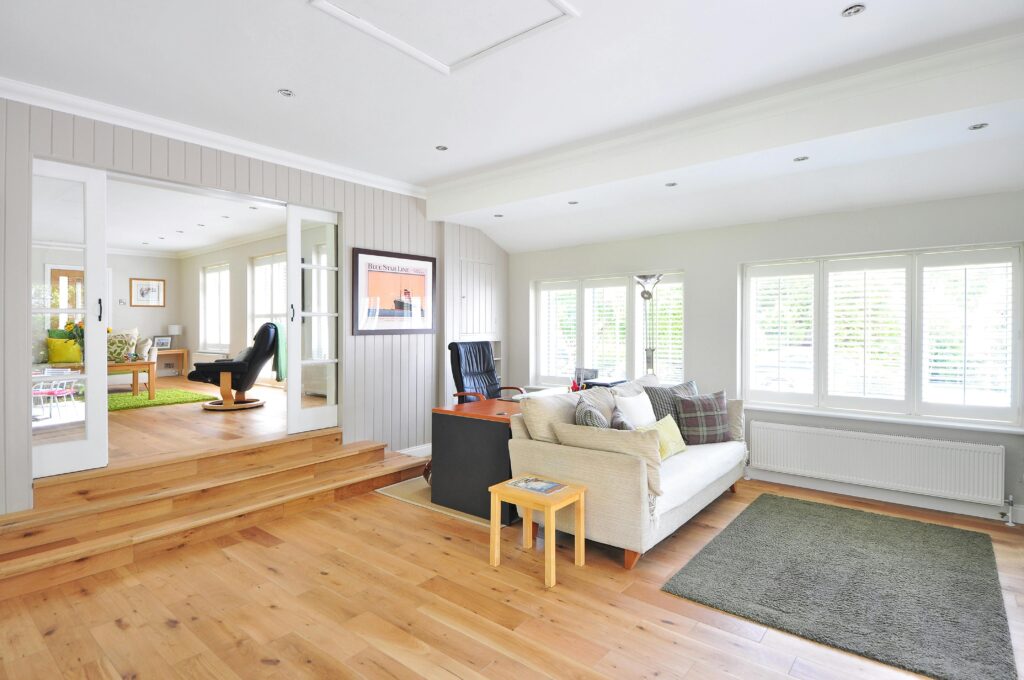
Conclusion
Finding the Perfect Balance for Your Home
You need to think about many things when picking the best flooring for kids and dogs. This piece highlights several great options that work well in busy households. Luxury vinyl plank stands out as maybe the most versatile choice with its water resistance, toughness, and easy upkeep. Cork gives you natural cushioning that helps prevent injuries and holds up well to daily use.
Safety features should be your top priority as a parent. Textured surfaces help prevent dangerous slips, while rubber floors absorb the shock from inevitable falls. Families dealing with allergies might prefer hypoallergenic options like cork or sealed hardwood that keep allergens at bay.
Your budget plays a big role in what you pick. Laminate gives you great durability without breaking the bank, while engineered hardwood costs more but looks just like real wood and stays more stable. The room you’re working with ended up determining the best choice – waterproof materials work best in bathrooms and kitchens, soft surfaces suit bedrooms, and tough materials belong in entryways and halls.
Regular cleaning is key whatever type of flooring you choose. Daily cleaning and smart placement of rugs and furniture pads will make your floors last longer. While no floor is perfect for every home, you’ll find the right mix of practical features and style by matching your family’s needs to each material’s strengths.
The right flooring creates a space where kids play freely, pets move around easily, and parents don’t worry about damage or tough maintenance. Pick wisely and you’ll get peace of mind plus beautiful floors that handle your active family’s lifestyle for years.
FAQs
Q1. What is the most durable flooring option for homes with kids and dogs? Luxury Vinyl Plank (LVP) is one of the most durable flooring options for homes with kids and dogs. It’s highly resistant to scratches, water-resistant, and easy to clean, making it ideal for active households.
Q2. Which flooring type offers the best balance of comfort and durability for children? Cork flooring provides an excellent balance of comfort and durability for children. It offers natural cushioning that’s gentle on joints, while also being antimicrobial and resilient against wear and tear.
Q3. How does engineered hardwood compare to other flooring options for families with pets? Engineered hardwood combines the beauty of real wood with enhanced stability and moisture resistance. While not as scratch-resistant as LVP, it offers a stylish option that can withstand family life when properly maintained and finished with protective coatings.
Q4. What flooring is best for areas prone to spills and accidents? For areas prone to spills and accidents, waterproof options like luxury vinyl plank or porcelain tile are ideal. These materials prevent liquids from seeping through and are easy to clean, making them perfect for kitchens, bathrooms, and other high-risk areas.
Q5. How can I maintain my floors with kids and pets around? To maintain floors with kids and pets, establish a daily cleaning routine, use protective accessories like furniture pads and area rugs, clean up spills immediately, and trim pets’ nails regularly. For deeper cleaning, follow manufacturer guidelines and consider professional cleaning every 6-12 months.
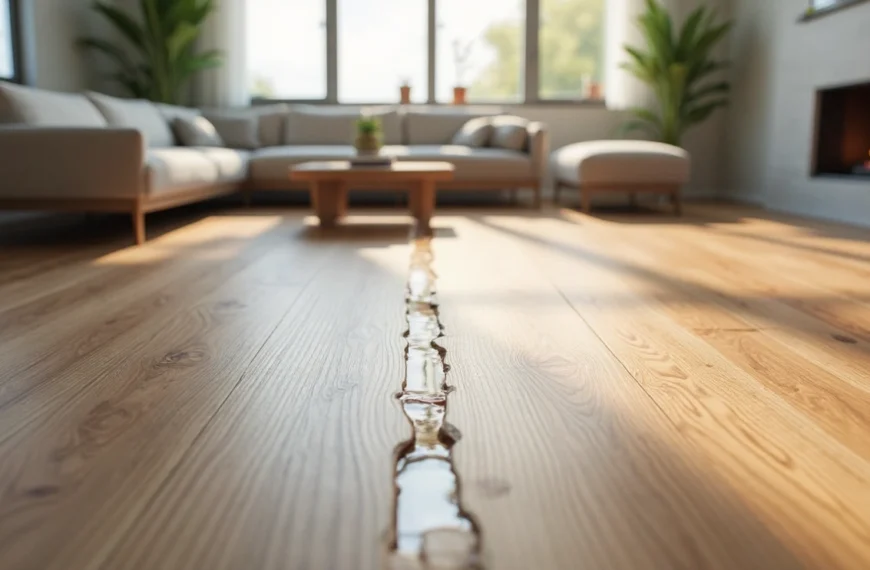

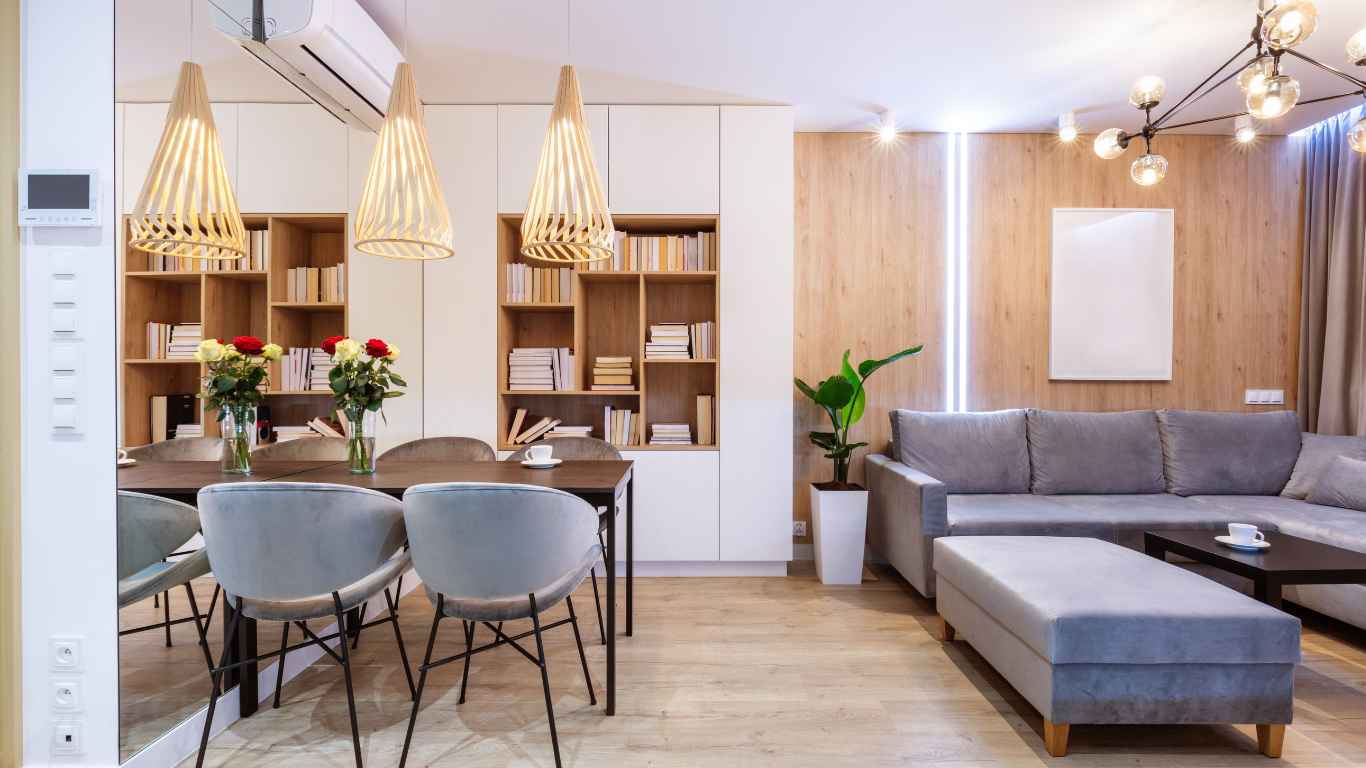





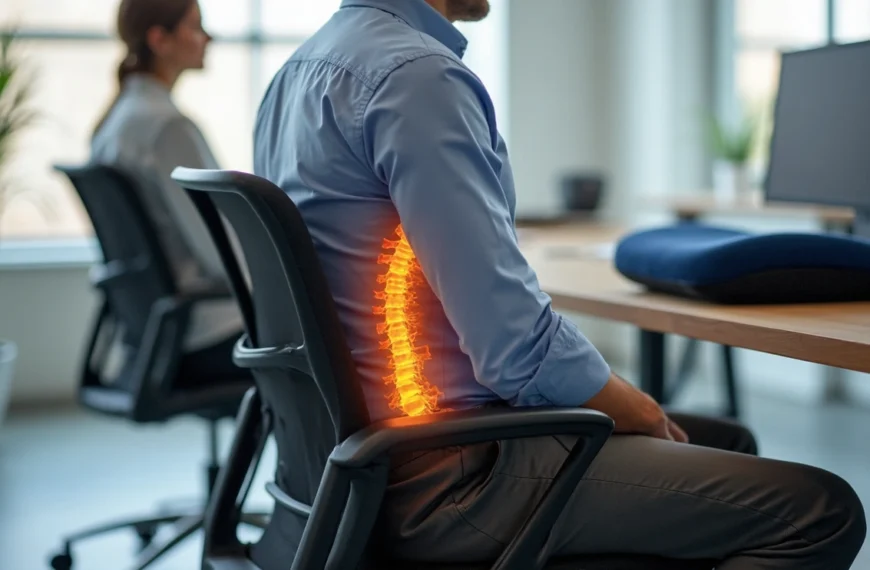
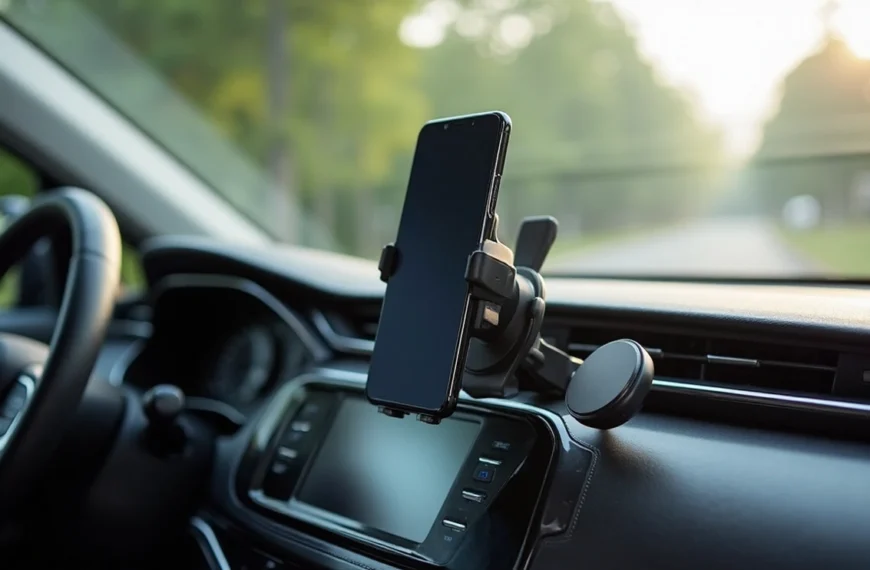

![No Win No Fee Lawyers: The Hidden Truth About Settlement Cuts Legal representation through no win no fee lawyers gives clients a way to fight cases without paying anything upfront. Many clients don't know that these services take a big chunk of money after winning the case. Lawyers usually take 25% to 40% of what you win as their contingency fee. The amount lawyers take from settlements can add up fast. A $100,000 settlement means your attorney gets $30,000 if they charge a 30% fee after winning your case. Your solicitor's cut might be £10,000 from a £30,000 compensation award, based on your agreement percentage. This payment model stays pretty much the same for no win no fee lawyers in different places, though percentages can change. This piece breaks down what you need to know about contingency fee deals. You'll learn about standard fee ranges, extra costs beyond the basic fee, and times when this payment setup might not work in your favor. Smart clients should think over these money matters before signing up with a lawyer to make better choices about their legal help. What No-Win No-Fee Really Means Image Source: Express Legal Funding A no-win no-fee arrangement, also called a Conditional Fee Agreement, changes the way people get legal help. This payment approach removes the need to pay legal fees upfront and creates a partnership between clients and their attorneys. How contingency fees work No-win no-fee agreements are based on contingency fees. Lawyers get paid only when they win compensation for their clients. Most lawyers take between 25% and 40% of the final amount, based on how complex the case is and where it's filed. Lawyers take their cut after winning the case. To name just one example, see a case where a lawyer wins £30,000 in compensation with a 33% fee - they would receive £10,000. On top of that, some law firms use sliding scales where they charge less for quick settlements and more if the case goes to trial. The law requires a written agreement before any work starts. This paperwork spells out the lawyer's percentage, what costs you'll need to cover, and other key details. What happens if you lose the case The meaning behind "no-win no-fee" is clear - losing your case means you won't pay your lawyer anything. All the same, you should know about a few money-related details. You won't owe your lawyer when you lose, but some deals might make you pay for court fees, expert witnesses, or other case expenses. The other side could also ask you to pay their legal costs. Many lawyers suggest getting "After Event" insurance to protect their clients. These policies cover any costs if you lose your case, which makes the no-win no-fee setup much safer. Why lawyers offer this model Lawyers want to make legal help available to more people, so they offer these payment plans. This setup helps people who don't have much money take legal action when they have valid claims. The payment structure motivates lawyers to work hard. They only get paid by winning cases, which pushes them to get the best results possible. Lawyers carefully assess each case before taking it on a no-win no-fee basis. They usually accept cases that have a good chance of winning, since they put in lots of time and resources without any guaranteed payment. The Real Cost: How Much Do Lawyers Take from a Settlement Image Source: Greiner Law Corp. The true cost of no-win no-fee legal representation becomes clear once we look at contingency fees. Many clients feel surprised to see a big chunk of their settlement checks going to their attorney's fees. Typical percentage ranges (25%–40%) No win no fee lawyers typically ask for 25% to 40% of the total settlement amount. Personal injury attorneys usually take 33.3% (one-third) of the awarded compensation[101]. Lawyers and clients agree on this percentage before any work starts on the case. Several factors shape the final percentage. Your chances of winning, case complexity, and the work to be done play key roles in determining the attorney's cut. Some areas have laws that cap the maximum contingency fees for specific types of cases. Sliding scale based on case complexity Law firms often use a tiered fee system that changes with the case stage and complexity. This scale rewards quick settlements while paying attorneys fairly if more work becomes needed. The fee might start at 30% if the case settles before lawsuit filing. This number could climb to 35% after filing or reach 40% if the case goes to trial. Law firms often group cases by complexity: 10%-20%: Simple cases with straightforward settlements 25%-35%: Typical personal injury cases 35% and above: Complex cases requiring extensive resources Examples of payout breakdowns These ground examples show how fees affect settlements: A $15,000 settlement with a 33.3% contingency fee.pdf) puts $5,000 in the attorney's pocket, leaving $10,000 for the client. Similarly, from a $100,000 settlement with a 33% fee, the attorney gets $33,000 while the client receives $67,000[102]. Complex cases tell a different story. A $100,000 settlement with a 30% fee plus $5,000 in extra costs leaves $65,000 for the client after all deductions. These fees substantially change the client's final payout. Hidden Costs You Might Not Expect Image Source: Nelson Personal Injury Lawyers Beyond percentage-based fees, clients often feel surprised by extra costs that can reduce their final compensation by a lot. These hidden costs show up in the fine print of no-win no-fee agreements. You should think over these details before signing. Court filing and expert witness fees Legal proceedings come with unavoidable court filing fees. These charges differ by jurisdiction. They usually range from $30 for small claims to several hundred dollars for complex civil lawsuits. Expert witnesses can be expensive, with hourly rates ranging from $150 to $1,000 based on their credentials and testimony complexity. Expert witnesses charge more for court appearances than consultation work because of added pressure and prep time. Clients might still need to pay experts for their prep work even if the case settles before trial. Medical report and investigation costs Medical documentation is a vital part of many legal claims. These costs include fees to release medical records, create specialized reports, and prepare documents. Investigation costs cover evidence gathering, police reports, witness interviews, and other fact-finding work needed to build a strong case. Of course, some firms say they'll cover these expenses upfront, but clients don't completely avoid these costs. When these costs are deducted from your compensation Law firms take these expenses from the settlement amount before they calculate their percentage fee, though each firm handles this differently. Some lawyers subtract these costs after figuring out their contingency fee, which changes how much money clients end up with. Most firms pay case-related costs during the process and get their money back from the settlement. The defendant usually pays most simple legal costs and disbursements in successful cases, but not always everything. Insurance protects clients from costs in unsuccessful claims at many law firms, but this protection isn't guaranteed. Clients should review their agreements carefully since they might still need to pay specific expenses even if they lose their case. When No-Win No-Fee Might Not Be the Best Option Contingency fee arrangements give many people access to justice. However, this payment model doesn't always work in a client's best interests. Knowing these limitations helps clients make better decisions about their legal representation. Cases with unclear liability Lawyer no win no fee arrangements work best in cases where fault is clear. We assessed the probability of success before taking contingency cases. Lawyers might turn down cases if there isn't enough evidence of the other party's negligence or if liability isn't certain. Cases with multiple responsible parties create more challenges. The situation gets complicated fast when several parties share liability. Lawyers are less likely to take these cases on contingency. They need to be confident they can prove the other party's negligence before accepting a case. Low-damage or low-payout claims Small claims often don't work well with the contingency model, even with real injuries. Cases that have minimal injuries or limited financial damages might not bring enough compensation to cover legal costs. The potential settlement needs to be big enough to pay for investigations, witness interviews and court fees. Personal injury lawyers often turn down cases where the "compensation potential" is too small. This doesn't mean the claim isn't valid - it just means the economics don't add up for a contingency arrangement. Situations where hourly billing may be better Hourly billing has clear advantages in certain cases. Clients see exactly what they're paying for - every hour worked and task completed. This model works well for cases that need lots of attention but don't have clear financial outcomes. Complex litigation with opposing parties works better with hourly billing and a retainer fee. Clients have more control over their case and don't feel pressured to settle quickly. Cases that need extensive preparation but have uncertain outcomes fit the hourly model better. Lawyers can spend the time needed without worrying about contingency limits. This approach often leads to better representation, especially for complex legal issues that need special expertise. Conclusion Understanding the Full Picture Before You Sign No-win no-fee arrangements offer legal representation without upfront costs. Of course, this seems attractive at first glance. In spite of that, you need to think about how these agreements can affect your final compensation. Legal fees usually range from 25% to 40% of your settlement - but that's just the start. You'll face more deductions like court filing fees, expert witness costs, and charges for medical documentation. What looks like a "free" service ends up taking a big chunk of your compensation to cover legal expenses. These arrangements work best in specific situations - cases with obvious liability, substantial damages, and solid evidence. If you have a low-value claim or complex liability issues, traditional hourly billing might serve you better. Without doubt, you should ask for clear explanations of all possible costs before signing anything. Read the fine print closely, especially when you have to deal with expenses in unsuccessful cases. Ask to see sample settlement breakdowns that show all deductions. This helps you picture what you might actually take home. Your choice to go with a no-win no-fee arrangement depends on your situation. This model helps if you don't have money to pursue valid claims. But if you have a strong case and enough funds, other fee structures might let you keep more of your compensation. Whatever payment model you choose, knowing exactly how much lawyers take from settlements helps you make better decisions. This knowledge lets you approach legal representation with real expectations and better control over your money. FAQs Q1. What percentage of a settlement do no-win no-fee lawyers typically take? No-win no-fee lawyers typically charge between 25% to 40% of the final settlement amount as their contingency fee. The exact percentage often depends on the complexity of the case and the stage at which it is resolved. Q2. Are there any hidden costs in no-win no-fee arrangements? Yes, there can be additional costs beyond the lawyer's percentage fee. These may include court filing fees, expert witness costs, medical report expenses, and investigation costs. These expenses are usually deducted from the settlement amount before or after the lawyer's fee is calculated. Q3. What happens if I lose my case in a no-win no-fee arrangement? If you lose your case, you generally won't have to pay your lawyer's fees. However, you might still be responsible for certain expenses like court costs or the opposing party's legal fees. Many lawyers offer insurance to protect clients from these potential costs in case of an unsuccessful claim. Q4. When might a no-win no-fee arrangement not be the best option? No-win no-fee arrangements may not be ideal for cases with unclear liability, low-value claims, or complex legal issues requiring extensive preparation. In these situations, traditional hourly billing might be more appropriate and potentially more cost-effective for the client. Q5. Can I negotiate the percentage a lawyer takes from my settlement? Yes, the contingency fee percentage is often negotiable. It's typically agreed upon and formalized in writing before the lawyer begins working on your case. Don't hesitate to discuss the fee structure with your lawyer and ask for a detailed breakdown of potential costs and deductions.](https://consumersweek.com/wp-content/uploads/2025/06/No-Win-No-Fee-Lawyers-The-Hidden-Truth-About-Settlement-Cuts-870x570.webp)
